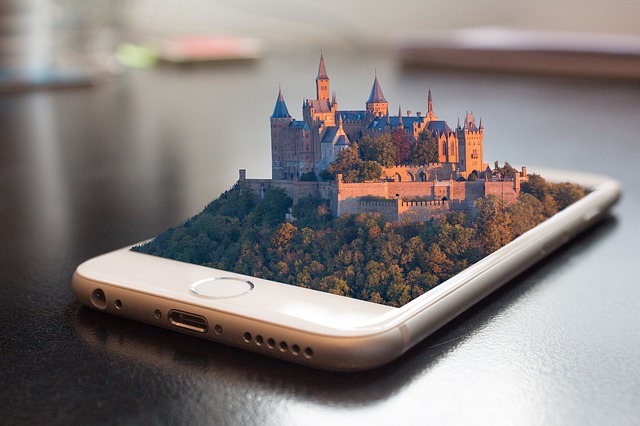Modern-day technological development has surpassed people’s imagination, especially in terms of innovation; The Internet of Things being a key development in that gamut. This technology easily connects with smartphones and other physical objects that help in controlling the network for constant communication along with the data exchange. The IoT devices like the Android-based smartphones can easily make your life simple and effective and thus remain accessible to you round the clock. With the help of IoT android app development, one can propel the interactions and thus keep them uninterrupted. The IoT has reached a long way and therefore has penetrated in all possible domains, quickly becoming quickly thus becoming cost and energy effective. Let us dig in deep about the basics of IoT App Development for Android devices
Android Smart Phones as an IoT-enabled gateway
There is no doubt about the fact that smartphones are the first version of the Internet of Things Technology. It carries user data with the help of the internet by employing tangible mobile interface. Being close to the real idea of IoT, the smartphone addresses a number of purposes like: Parameters monitoring – Keeping a check over health parameters like heart rate, calories, pressure and pulses
- Location tracking – Finding out locations and objects along with destinations, people and navigation to name a few
- Motion sensing – To get the responsive screen, motion-based interface control, and screen rotation, to name a few
A majority of smartphone services and its applications are hooked on internet protocols. This ends up making these devices the best IoT gateway. Seeking the help of active cell network/Wi-Fi, you can find the smartphone device environment remains interactive and lively with several of in-built sensors like GPS, sync, motion sensing, and light intensity detection to name a few.
Key Components of IoT
The Internet Of Things comprises of two vital terms – Internet and Things. This simply implies connecting different things – both devices and objects using the internet for building up the auto-operated network. One can find several core elements, which define an IoT powered architecture. Some of these include the smartphones, cloud, sensors, interface, and gateway to name a few. The following are some of the vital Iot App Development elements:
Interconnected Smartphones and Sensors
The IoT app development companies consider both devices and external sensors among the key components, which comprises of the vital aspect in the IoT-enabled connectivity layer. Using smart sensors, one can collect data from different directions and transmit it over the next layer for further processing . Today, modern technologies use advanced semiconductor technology, which can give competent micro-smart sensors, which are employed in different industry-specific applications. So depending upon the capability to gauge the physical parameters, the following are some of the available sensors. Have a look:
- Temperature sensors
- Pressure sensors
- Humidity or Moisture level readers
- Light intensity measurement
- Thermostats
- Proximity detectors
- Room ambiance controllers
- Vibration sensors
- Motion sensors
- Infrared and RF signal sensors
- Heat optimizers
Device Connectivity
As the network of the Internet of Things runs with less power, a majority of smartphones and sensors rely on low power wireless network including WiFi, ZigBee, Bluetooth or Z-Ware. This is the reason why IoT motivates low power development, low-cost units with simple and compact wireless capabilities. All wireless units are known to offer pros and cons when we compare it over the basis of data transfer rate along with operational efficiency and consumption. Some of the key benefits of IoT structure include the capability to allow long battery life along with the boost up energy and performance. This comes as an added benefit for the IoT App Development.
Gateway
The IoT Gateway is a vital element of IoT android app development which helps in managing the bi-directional data exchange on diverse protocols and networks. At the same time, it also translates different network protocols along with establishing the interoperability of different connected devices over the IoT network. One of the interesting aspects of the Internet of Things Gateways is that they are easily configurable and can help in pre-processing sensor generated data along with transmitting the same to the next level. At the same time, we can get data security with the Gateway for the Internet of Things networks with the help of some high-quality encryption systems that acts as a protective layer. This means your system remains safe against any malicious attack.
Wrapping Up
IoT has revolutionized modern life and business. In other words, it would be fair to say that the IoT connected devices are becoming powerful with the passage of time. This is the reason why the IoT mobile app development has been an unstoppable force in the current markets.

0 Comments